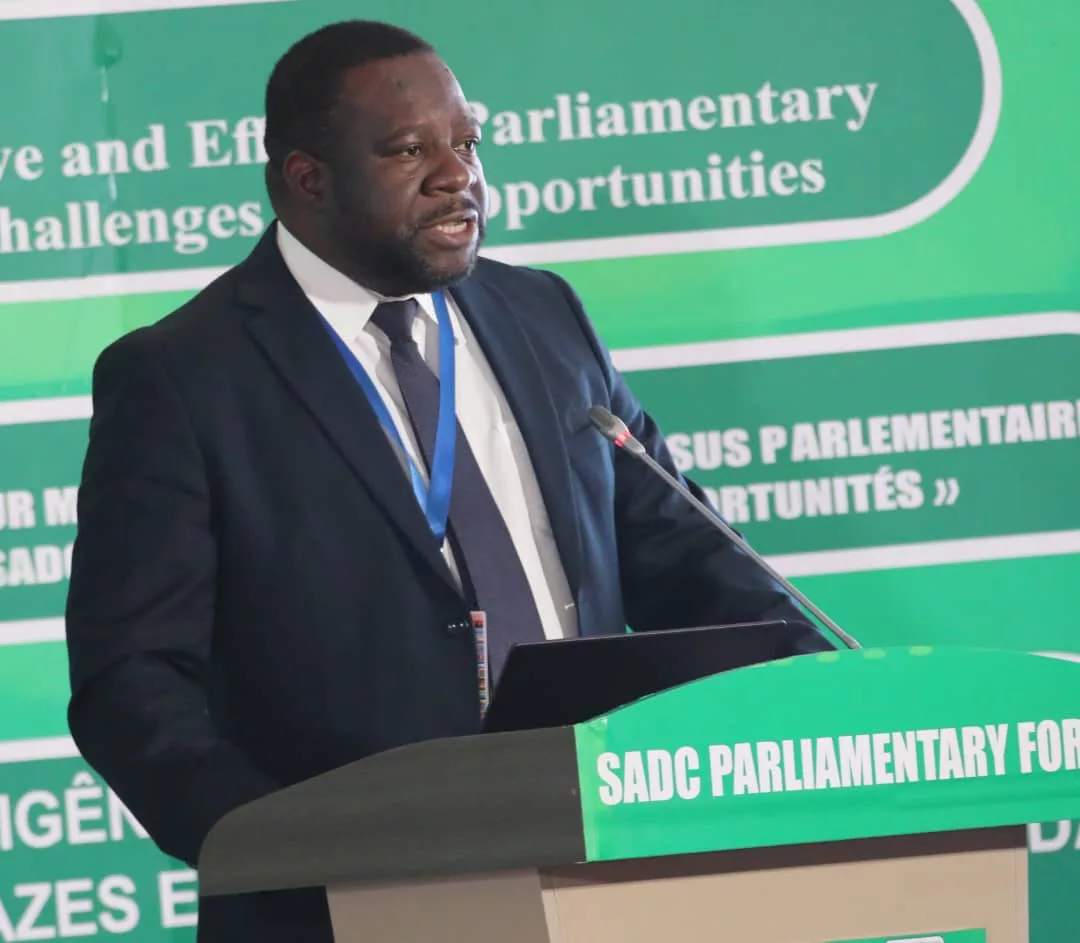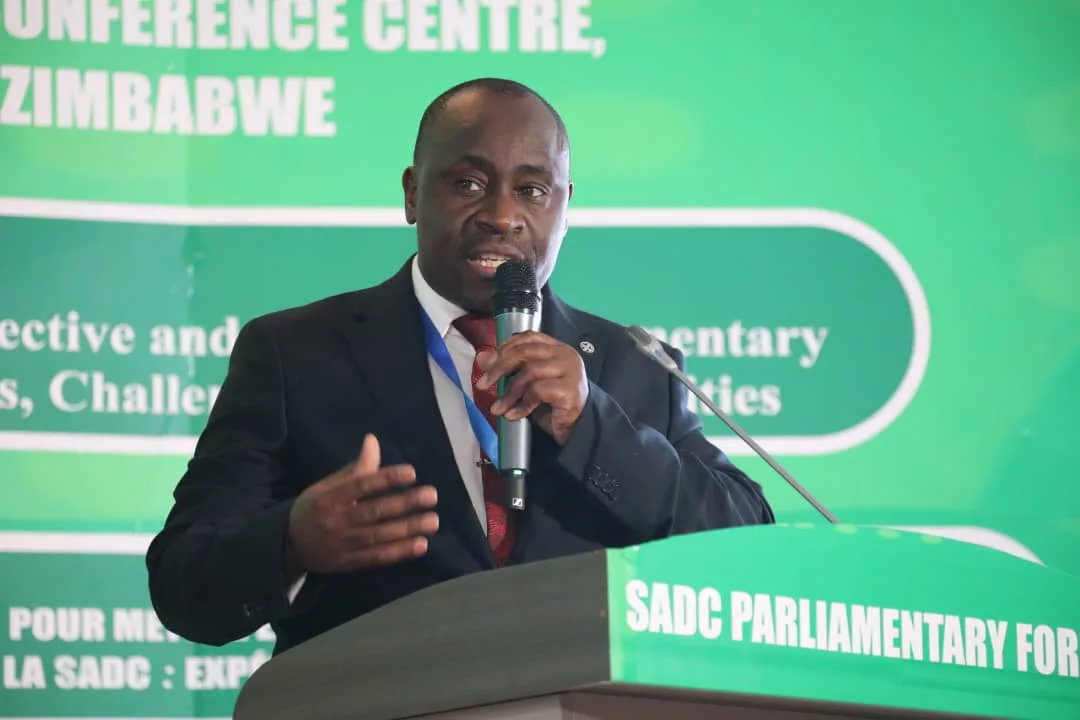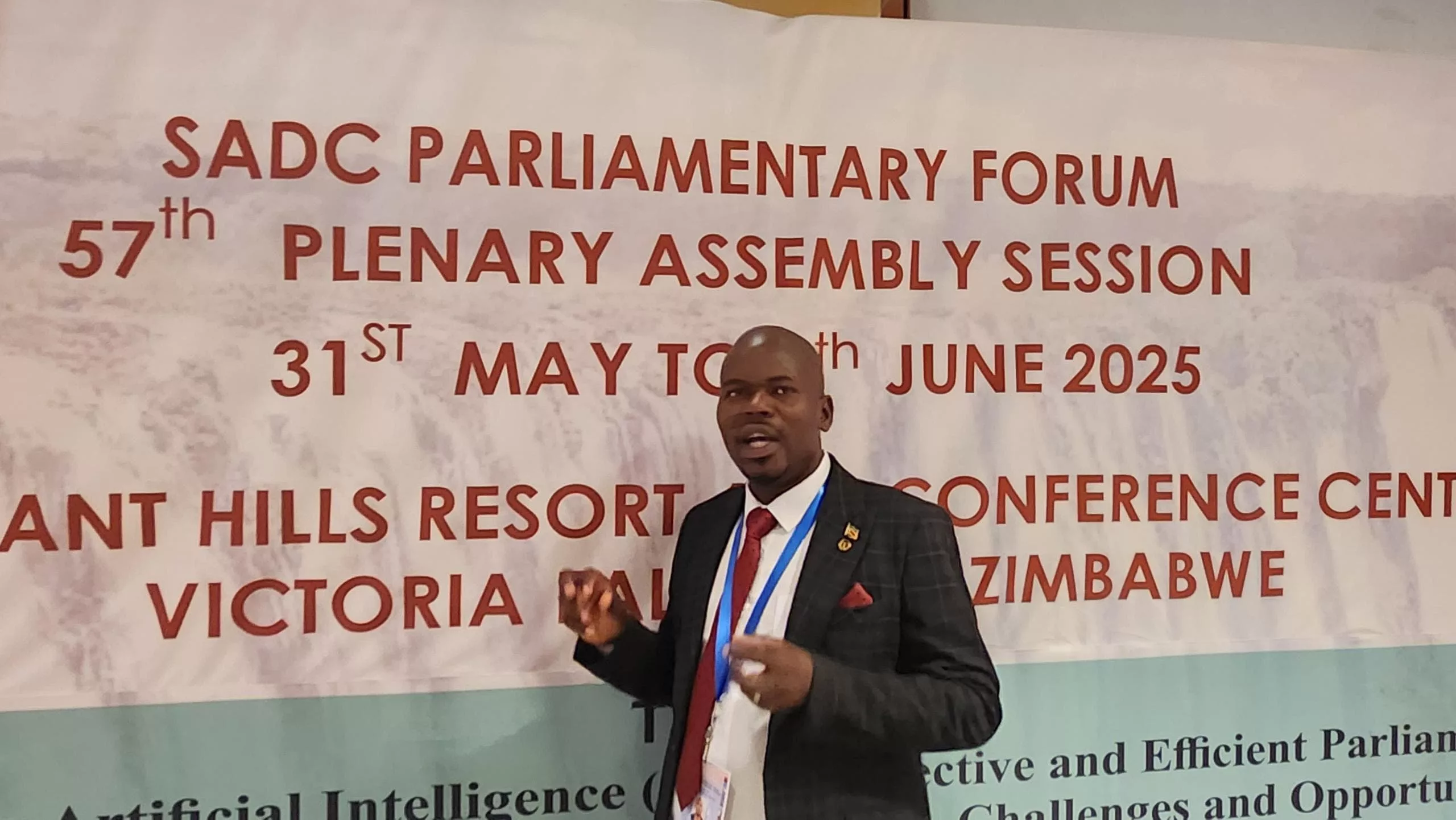|
Getting your Trinity Audio player ready...
|
The success of the Zimbabwe United Nations Sustainable Development Cooperation Framework (ZUNSDCF) is hinged on integrated development planning, His Excellency Mr. Edward Kallon, the UN Resident and Humanitarian Coordinator has said.
He made the remarks at the 2022-2026 Zimbabwe UN Sustainable Development Cooperation Framework Annual Steering Committee Meeting for 2024 on Wednesday 26 March 2025, at Monomotapa Hotel in Harare.
The annual Joint Steering Committee meeting was an opportunity to review and steer the UN’s collective offer of its operational activities for development to ensure that they continue to be relevant and aligned with the national context and development priorities, as well as the regional and international development agenda.
The meeting came at a time when the Government is developing its successor National Development Strategy II while implementing development programmes in the final year of the NDS I (2021-2025).
The NDS I Mid-Term Review, published in 2023, outlined numerous successes across the 14 Thematic Areas and emphasized integrated development planning as a central tool for national development. The government has also conducted a 3rd Voluntary National Review in which 18 high-level issues and challenges were identified along with key recommendations.
Globally, despite the global agreement on the Pact for the Future, there are challenges to multilateralism, with some member states/countries increasingly reneging on commitments made at various global fora.
HE Kallon said the situation is worrisome as it threatens the very foundations on which the UN Charter is anchored. This steering committee meeting provided a crucial platform to reflect on collective progress, address challenges, and chart a strategic course for the year ahead.
2024 saw both progress and challenges in Zimbabwe due to macroeconomic challenges, climate shocks like the El Niño drought, and health outbreaks such as cholera.
Economic growth slowed to an estimated 2%, with food security and power generation adversely affected by drought, prompting a national disaster declaration and a USD 2.2 billion appeal. Public debt constrained international financing.
Stagnation across many SDGs has been reported, calling for targeted efforts and introspection. Despite our concerted efforts in implementing the NDS I (2021- 2025) and the ZUNSDCF (2022-2026), a review of our short to medium efforts on agenda 2030 reveals a sobering reality. This is compounded by the funding cuts by Member States and the acute need to do more with less, prioritize, innovate, and improve efficiency and effectiveness.
Despite a challenging year, the following results with a positive impact on the lives of ordinary Zimbabweans were achieved:
- Universal Health Coverage: HIV incidence fell, new infections declined by 80% since 2010, and treatment coverage reached 97%. DTP3 coverage rose from 77% to 94%.
- Education: ICT access in schools expanded to 38%.
- Social Protection: Programs supported 1.46 million individuals with food assistance and cash transfers, along with a national social registry
- Food Security & DRR: Food insecurity decreased; 92 Local Authorities initiated DRR programs.
- Environment: Total greenhouse gas emissions reduced by 3%.
- Women’s Representation: Increased to 45% in the
- Emergency Response: A USD 430M Flash Appeal helped 1 million people, raising over USD 132M.
To accelerate progress toward the overarching 2030 Agenda for Sustainable Development, HE Kallon encouraged stakeholders to continue to build on the whole-of-government and whole–society thinking and implementation approach of the Government of Zimbabwe.
He said academic scholarship on SDGs has identified six transformative entry points (or the Six Transitions) that can have catalytic and multiplier effects across the SDGs:
(1) food systems; (2) energy access and affordability; (3) digital connectivity; (4) quality education; (5) jobs and social protection; and (6) climate change, biodiversity loss, and pollution.
These transitions are not a new agenda but rather an organizing framework that can spotlight investment pathways to accelerate SDG progress within and across countries.
He added that each of the key transitions requires consideration of multiple policy levers across the economic, social, and environmental dimensions of development. The transitions require effective means of implementation, strengthened governance through transformed policy and regulatory frameworks, enhanced national public sector capabilities, and transformative financing.
In the development of NDSII, these six transitions have been embedded and aligned with the 10 thematic areas. The collective task will now be to enable and deliver four key enabling actions including:
- Driving shifts across policy and regulatory frameworks beyond standard sectoral approaches.
- Identification and development of pipelines of bankable and market-ready national projects.
- Developing a financing mix for each
- Capacity-building for public institutions and civil society to reinforce and sustain investments.






